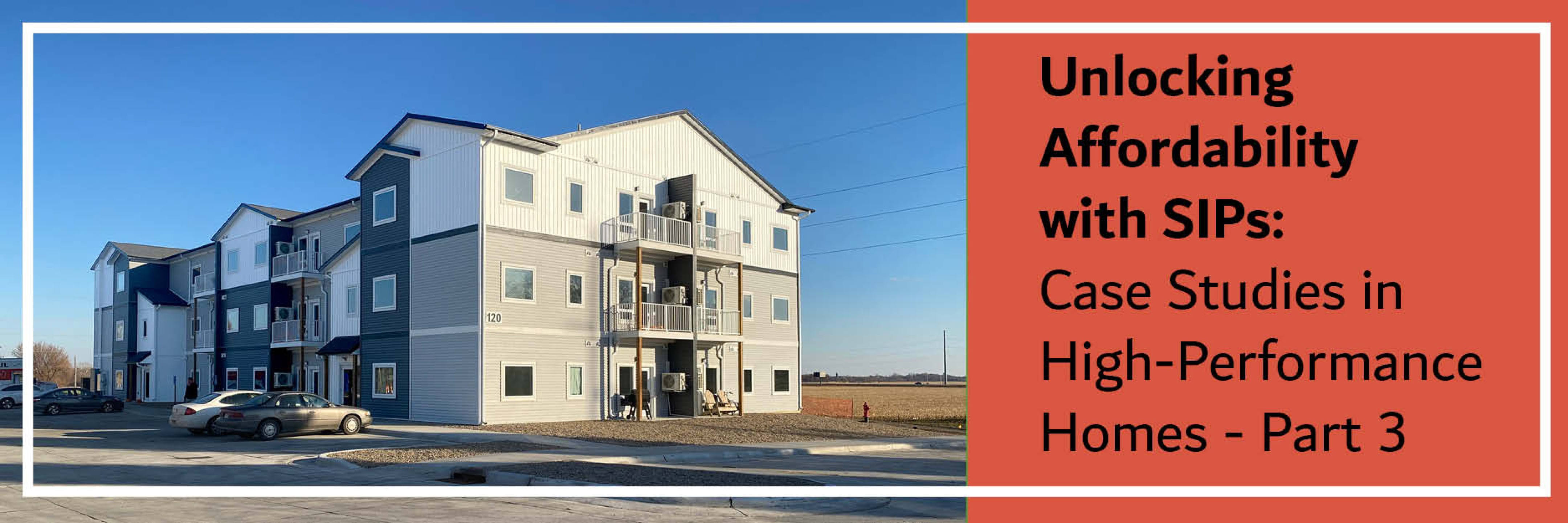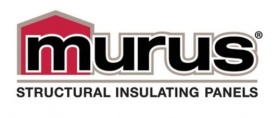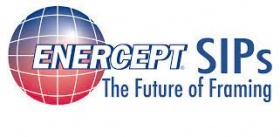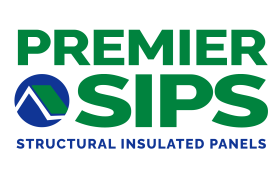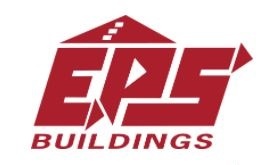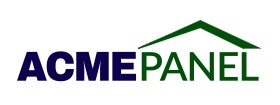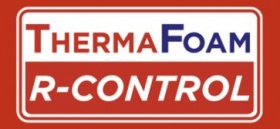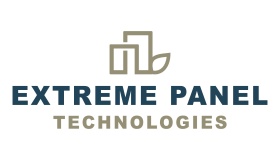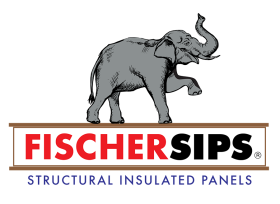The housing industry is witnessing an unprecedented demand for innovation and financial efficiency as the need for affordable housing continues to surge. Labor shortages and escalating construction costs pose significant challenges. However, within this demanding landscape, Structural Insulated Panels (SIPs) have been a proven solution, revolutionizing the way high-performance homes are constructed.
Despite the building science and proven resilience, SIPs have faced challenges in capturing the attention of mainstream builders and architects. SIPs offer a 21st-century approach to building, one that not only achieves cost neutrality but often proves more economical than conventional construction techniques. This is the third of a 3-part series exploring the undeniable advantages of SIPs through real-world case studies.
Check out Part 1 and Part 2 of this series to review the first high-performance case study.
SIPA True Cost Bidding Tool (STCBT)
To overcome the challenges of introducing SIPs to builders and architects, the Structural Insulated Panel Association (SIPA) developed a bidding tool aimed at effectively conveying the value of SIPs’ advanced enclosure technology. The problem lies in the traditional bidding process, where SIPs were often reduced to a mere comparison of framing packages. To drive wider adoption of SIPs, it is essential to clearly illustrate the true cost benefits of these innovative panels, contrasting them with the age-old framing technology that has been in use for over a century.
And so, the SIPA True Cost Bidding Tool (STCBT) was created. This tool serves as a bridge between conventional framing and advanced SIPs, simplifying the process and providing clarity on the cost differential. In this 3-part series, we will discuss the real value creation that SIPs bring to the housing industry, highlighting case studies that showcase their distinct advantages over traditional construction methods.
Case Study: Non-SIPs-Optimized Multi-Family Building
Greensmith Builders, led by Aaron Smith, executive director of the Energy and Environmental Building Alliance (EEBA), is dedicated to constructing high-performance homes. Prairie Lofts, a two-building multi-family project located in Leverne, Minnesota, near Sioux City, Iowa, epitomizes this commitment. This project is a certified U.S. DOE Zero Energy Ready Home which is especially challenging for multi-family housing. This includes a Home Energy Rating System (HERS) score of 45 without solar and air tightness results of 1.35 ACH50. Featuring one and two-bedroom all-electric units with ductless mini-split space conditioning, Prairie Lofts is a testament to energy efficiency and sustainability.
Designed with SIPs for the exterior, hall, and demising walls, Prairie Lofts offers a simple building design within easy shipping distance from the SIPs plant. While conventional framing is utilized for the roof construction, the SIPs optimization ensures superior performance and efficiency. Actual costs for SIPs, along with estimates for conventional framing, were provided by the builder for this pilot project.
The baseline comparison simply contrasts costs for SIPs and framing packages, followed by a true cost comparison analyzed with costs and added value assumptions. These assumptions were thoroughly reviewed by Aaron Smith.
The results of the Greensmith Builders Case Study reveal the following:
Baseline Comparison: A significant $51,485 cost premium was observed for SIPs compared to conventional framing, representing an 11% higher cost.
True Cost Analysis (SIPs Optimized): The SIPs optimized building demonstrated a remarkable $233,224 net cost and added value advantage, presenting a 31% lower cost than conventional framing.
This case study delivers two significant conclusions. Firstly, it consistently provides substantially lower true cost comparisons with conventional wood framing by accounting for all associated costs and values. Secondly, SIPs-optimized projects offer substantially greater net cost savings and added value (when compared to conventional wood framing whether single-family or multi-family).
This study underscores the cost-saving potential of SIPs. These findings point out important opportunities for the SIPs industry to leverage significant market growth, including regular use of the STCBT to ensure competitive bids, seeking SIPs-optimized projects for superior cost savings, developing expert designs fully optimized for SIPs, and encouraging the use of the SIPA web-based STCBT to collect valuable 'big data' for strategic industry insights.
The Greensmith Builders case study highlights the substantial benefits of SIPs integration, not only in terms of cost savings but also in added value. These insights emphasize the potential for SIPs to transform the construction industry, offering unmatched efficiency, sustainability, and cost-effectiveness.
The Solution: SIPs for High-Performance Enclosures
SIP construction offers a revolutionary approach to creating high-performance enclosures, providing several key benefits. This video by Sam Rashkin, Chief Architect from the U.S. Department of Energy and creator of the ENERGY STAR for Home Program and the Zero Energy Ready Home Program, outlines the advantages to using SIPs.
The Added Value and the Cost Savings of Using SIPs
Beyond cost-effectiveness, SIPs provide value that significantly enhances the overall quality and functionality of homes. Let's not forget the tax credits and incentives available for high-performance enclosures. Eligibility for a 45L tax credit
Unlock the Power of SIPs in Your Project
SIPs are undeniably transforming the way we build, offering unmatched cost savings, energy efficiency, and resilience for high-performance homes. Whether you’re a builder, architect, or homeowner seeking innovation and value, SIPs represent a revolutionary leap forward in construction technology. To explore further how SIPs can elevate your construction project, we encourage you to dive deeper into SIPA’s resources:
SIP Project Library: Discover a wealth of SIP residential projects showcasing high-performance and energy metrics in SIPA’s Residential SIP Project Library.
SIPA True Cost Bidding Tool (STCBT): Gain insights into the real cost benefits of SIPs compared to conventional framing with the SIPA True Cost Bidding Tool.
Tell Us About Your Project: Share details of your project with us and learn how SIPs can be tailored to meet your specific construction needs.
By harnessing the advantages of SIPs, you can not only achieve cost-efficiency but also create resilient, energy-efficient homes that stand the test of time. Embrace the future of construction with SIPs!

